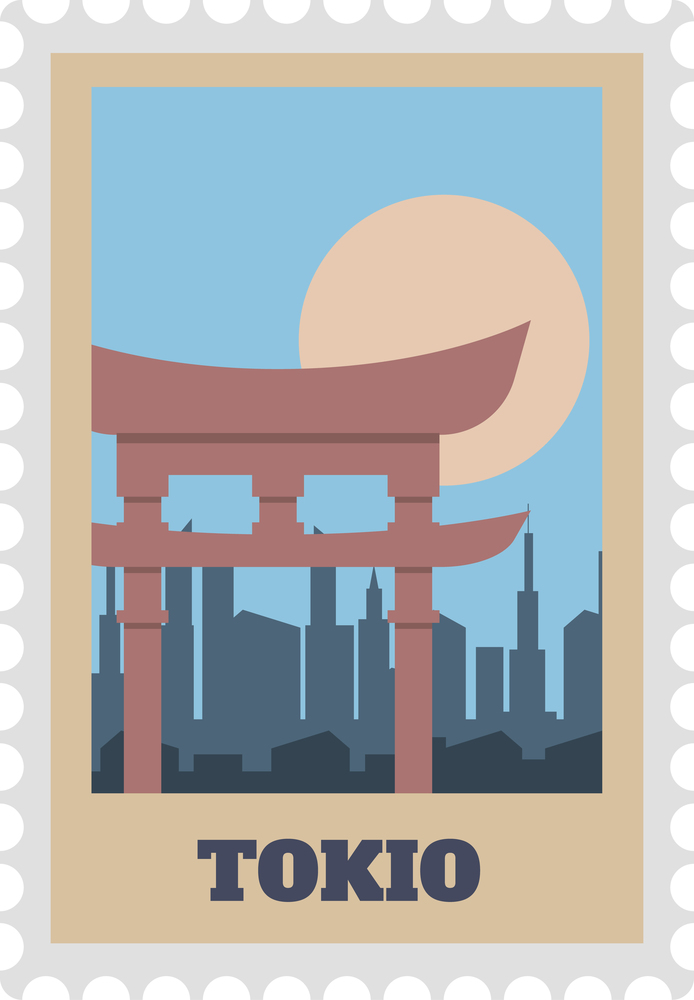
Japan’s postage history intertwines with its rich cultural heritage, reflecting the evolution of postal communication and technological advancements. The history of Japanese postage stamps showcases national developments, artistic expressions, and societal shifts. Below is a concise overview of Japan’s postage history:
19th Century: Precursors of Stamp Usage:
Japan’s modern postage history began towards the late 19th century, echoing developments in the Western world. During this era, rudimentary postal markers and seals were utilized to facilitate communication with foreign nations. However, a formal national postage stamp system had not yet been established.
1871: Inception of the First Japanese Stamps:
Formal use and production of postage stamps in Japan commenced in 1871, coinciding with the establishment of the country’s modern postal system. The initial Japanese stamps bore influences from traditional Japanese art and culture. These stamps depicted national symbols and landscapes.
20th Century: Diverse Stamp Creations:
The 20th century witnessed a remarkable diversity in Japan’s stamp design and production. Utilizing varied colors, patterns, and themes, stamps were elevated in aesthetic value. Stamps portraying Japanese culture, historical events, and natural beauty gained prominence.
1960s and Beyond: Modern Design and Technological Integration:
Starting from the mid-1960s, Japan’s stamp design embraced modernization and technological innovation. High-resolution printing techniques, security features, and special effects enhanced the visual appeal of stamps. Concurrently, thematic stamps and stamp collecting gained popularity.
21st Century and Digital Transformation:
In the early 21st century, as digital communication rapidly expanded, physical letter correspondence declined. Nonetheless, Japan’s stamp production and collecting community remain vibrant. Stamps with themes rooted in art, pop culture, and nature continue to attract interest.
Artistic Expressions Reflecting Cultural Heritage:
Japan’s postage history serves as a collection reflecting the country’s history, culture, and art. Stamps encapsulate a spectrum of aesthetic and cultural expressions, ranging from traditional Japanese art to contemporary designs. These stamp collections are essential resources for understanding Japan’s rich and multifaceted cultural legacy.
In conclusion, Japan’s postage history mirrors the country’s evolving postal communication, cultural expressions, and aesthetic sensibilities. Stamps, serving as a fusion of history art, and communication, are both a testament to Japan’s heritage and an integral part of global culture.
